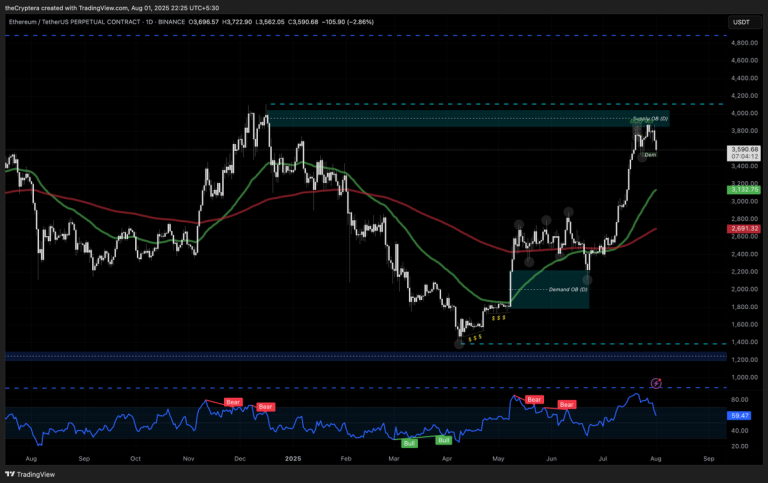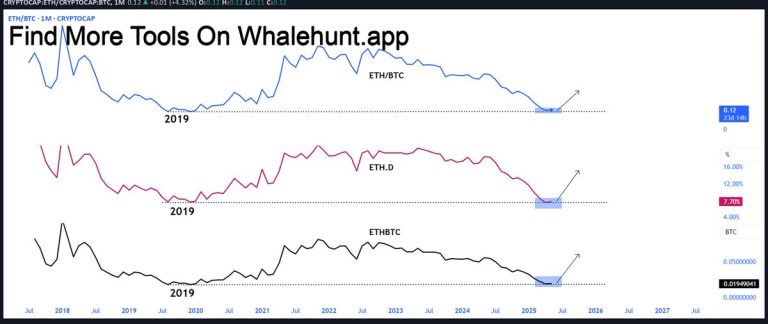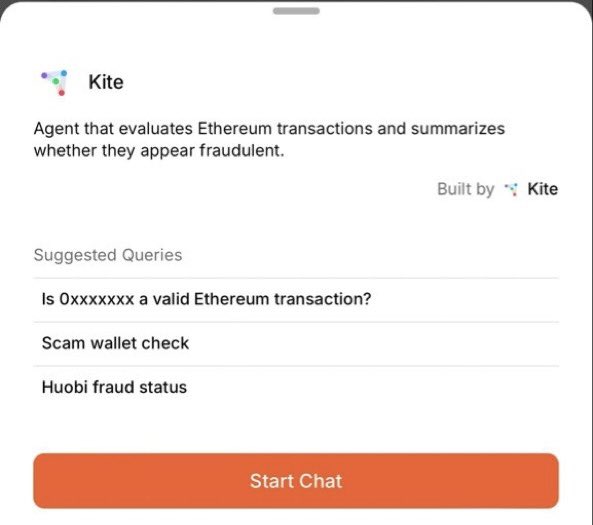
Sybil Identification in the Crypto Ecosystem: A Multifaceted Approach
Introduction
In the dynamic and decentralized world of cryptocurrencies, the threat of sybil attacks looms large. Sybil accounts, named after the fictional character Sybil, are multiple fake identities used to gain an unfair advantage or manipulate systems. Identifying these accounts is crucial for maintaining the integrity and security of blockchain networks. Let’s delve into a multifaceted approach to sybil identification, building upon the insightful tweets by @WEB3Seer and @WiseAnalyze.
Understanding Sybil Attacks
Sybil attacks occur when a single entity creates multiple fake identities to disrupt or manipulate a system. In the context of cryptocurrencies, this could mean creating numerous fake accounts to artificially inflate a coin’s value, manipulate voting power in decentralized governance, or even double-spend transactions [1].
The Importance of L1 Activity
Activity on Major Blockchains
@WEB3Seer highlights the significance of L1 (Layer 1) activity, particularly on Solana and Ethereum, as a starting point for sybil identification. Most projects analyze on-chain data to detect unusual patterns indicative of sybil activity [2].
Transaction Frequency and Volume
Monitoring transaction frequency and volume can help identify sybil accounts. While it’s normal for new users to have lower activity, an unusually high number of accounts with low transaction frequency or volume could indicate a sybil attack [3].
Smart Contract Interactions
Tracking smart contract interactions can also provide valuable insights. Sybil accounts may interact with specific contracts more frequently than others, or they might create and interact with their own contracts to obfuscate their activity [4].
Beyond On-Chain Activity
While on-chain data is invaluable, a comprehensive sybil identification strategy should also consider off-chain factors.
IP Addresses and Geolocation
Analyzing IP addresses and geolocation data can help identify clusters of accounts originating from the same location, which could indicate a sybil attack [5]. However, this method has its limitations, as users can employ VPNs or proxies to mask their location.
Social Media and Online Presence
Examining an account’s online presence can provide additional clues. Sybil accounts may have inconsistent or non-existent social media profiles, or they might use bots to generate fake engagement [6].
Behavioral Analysis
Machine learning algorithms can analyze user behavior to detect anomalies indicative of sybil activity. This could include analyzing trading patterns, communication styles, or even the time zones in which accounts are active [7].
The Role of Decentralized Exchanges (DEXs)
DEXs play a significant role in sybil identification. By analyzing trade data on DEXs, it’s possible to identify unusual trading patterns or clusters of accounts engaged in wash trading or other manipulative behaviors [8].
Conclusion: A Multilayered Approach
Identifying sybil accounts requires a multilayered approach that combines on-chain and off-chain data analysis, behavioral analysis, and machine learning techniques. By employing a diverse range of methods, we can better protect the integrity of blockchain networks and foster a more secure and fair crypto ecosystem.
Sources
[1] Buterin, V. (2014). Formal Verification of Cryptographic Libraries. Retrieved from
[2] DappRadar. (2021). DappRadar Report Q2 2021. Retrieved from
[3] Chainalysis. (2021). Crypto Crime Report. Retrieved from
[4] Nansen. (2021). The Nansen Report: Q2 2021. Retrieved from
[5] IP Geolocation API. (n.d.). What is IP Geolocation? Retrieved from
[6] Twitter. (n.d.). What is a bot? Retrieved from
[7] Google. (2021). What is machine learning? Retrieved from
[8] Dune. (n.d.). Decentralized Exchanges. Retrieved from







